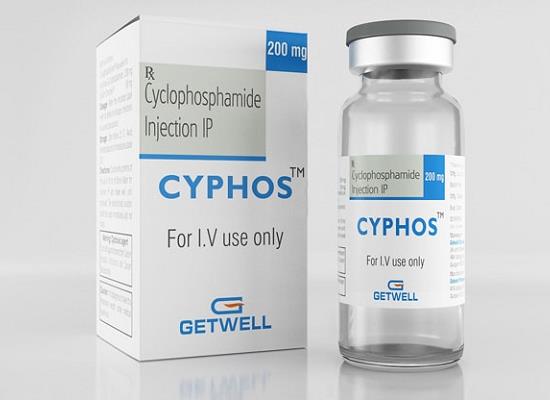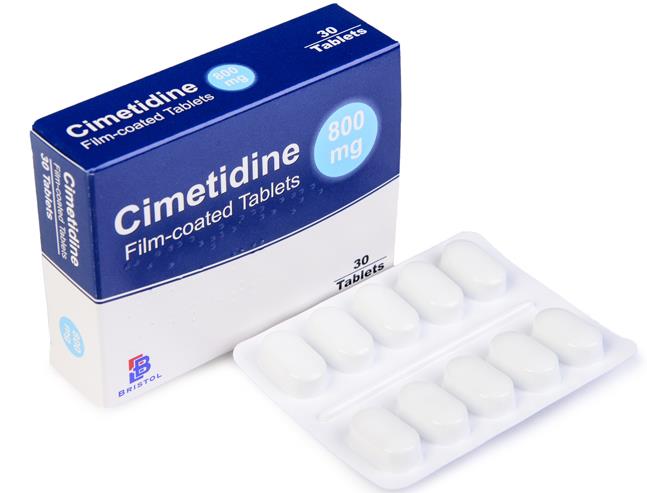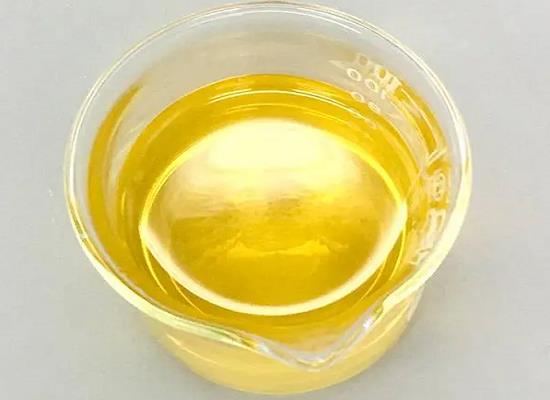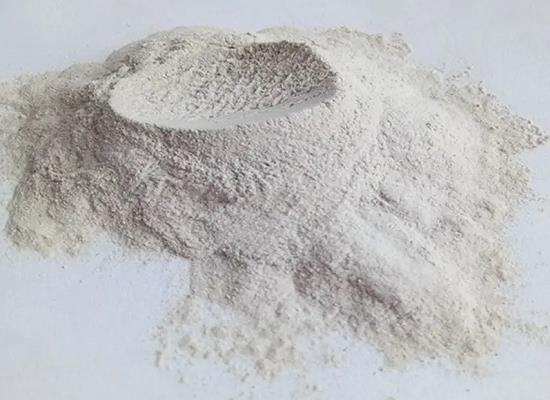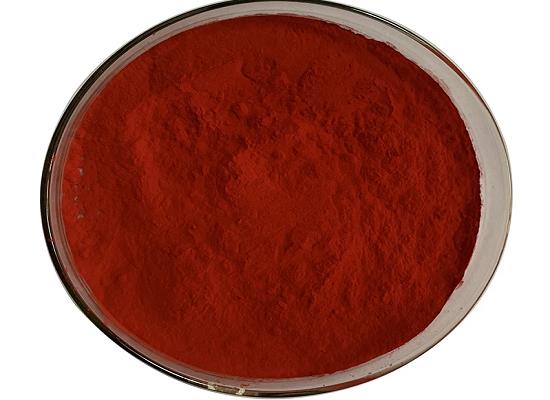Active Pharmaceutical Ingredients (API), popularly speaking, are the raw materials of medicines, only pharmaceutical raw materials are processed into pharmaceutical preparations , can they become medicines available for clinical use, so drugs we usually eat are the finished drugs through processing. Active Pharmaceutical Ingredients based on its sources can be divided into two major categories ,including chemical synthetic drugs and natural chemical drugs. Chemical synthetic drugs can be divided into organic synthetic drugs and inorganic synthetic drugs. Inorganic synthetic drugs are inorganic compounds ( very few is element), such as aluminum hydroxide, magnesium trisilicate which are used for the treatment of gastric and duodenal ulcers ; organic synthetic drugs are mainly composed of drugs made by basic organic chemical raw materials, through a series of organic chemical reactions (such as aspirin, chloramphenicol, caffeine, etc.). Natural chemical drugs ,based on its sources,can be divided into two categories including biochemical drugs and plant chemical drugs. Antibiotics are generally made by the microbial fermentation, which belongs to the biochemistry category. A variety of semi-synthetic antibiotics occurs in recent years,which are biosynthesis and chemical synthesis combining products.Among active Pharmaceutical Ingredients, the organic synthetic drugs varieties, yields and values have the largest proportion,which are the main pillars of the chemical and pharmaceutical industries. The quality of active Pharmaceutical Ingredients decides whether the formulation is good or bad , so its quality standards are very strict ,countries in the world have developed national pharmacopoeia standards and strict quality control methods for its widely used active Pharmaceutical ingredients.
Cyclophosphamide in Dermatology: Dosage, Pharmacokinetics and Clinical Application
Cyclophosphamide is used in dermatology for severe autoimmune skin diseases, administered orally or intravenously with prednisolone, to induce remission.
Jan 11,2024 APIAnti-inflammatory Properties of Sodium Salicylate: Effects on Intracellular Signaling Pathways and Other Non-Cyclooxygenase Effects
Sodium salicylate inhibits kinases and transcription factors, including NF-nB, while stimulating adenosine release, contributing to its anti-inflammatory effects.
Jan 11,2024 APICimetidine: A Cancer Therapy with Mechanisms Targeting Cell Proliferation, Apoptosis, and Cell Adhesion
Cimetidine shows potential in cancer treatment by suppressing histamine activity, inducing apoptosis, inhibiting cell adhesion, and reducing metastasis risk.
Jan 11,2024 APIPropiconazole: mammalian toxicity, ecotoxicology and residues
Propiconazole has potential low toxicity with reproductive toxicity, and endocrine disruption. Ecotoxicological assessments show low risks, but residue assessment needs clarification.
Jan 11,2024 APIDiphenylmethane Serves as an Efflux Pump Inhibitor in Drug-Resistant Escherichia coli
Diphenylmethane shows potential as an efflux pump inhibitor, enhancing antibiotic activity against drug-resistant bacteria, without affecting membrane permeability or post-antibiotic effects.
Jan 11,2024 APIA stilbenoid natural product: Tapinarof (Benvitimod)
(E)-3,5-dihydroxy-4-isopropylstilbene (Benvitimod, Tapinarof), a new medicine for treating psoriasis and eczema, belongs to the hydroxystilbene family.
Jan 10,2024 APIFluorescein Sodium-Guided Surgery of Malignant Brain Tumors
Fluorescein Sodium-guided surgery improves tumor removal accuracy in neurosurgery, showing potential in non-glioma lesions, but requires caution and further study.
Jan 10,2024 APIAvobenzone: Understanding Its Tautomerism, Photodecomposition, and Structure-Activity Relationship
Avobenzone is equilibrium between enol and keto forms, H-bonding facilitated by the methoxy group, undergoes photodecomposition. Stability can be improved using electron-withdrawing group.
Jan 10,2024 APILuminescent Calcium Fluoride Nanoparticles as Theranostic Platforms
Calcium fluoride is an advantageous optical matrix with transparency, low aberration, and fluorescence. Synthesized luminescent nanoparticles offer theranostic potential for nanomedicine.
Jan 10,2024 APIPyrroloquinoline Quinone: Synthesis and Biology in Antimicrobial Effects and Neuroprotection
Pyrroloquinoline quinone's synthetic aim to create the tricyclic pyrroloquinolinedione scaffold. It exhibits antimicrobial effects and neuroprotective properties, suggesting therapeutic potential.
Jan 10,2024 API



